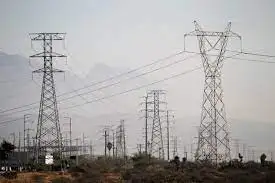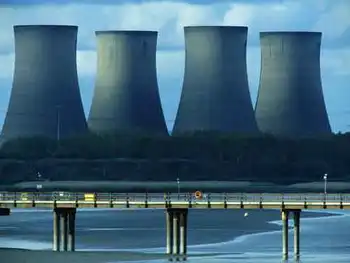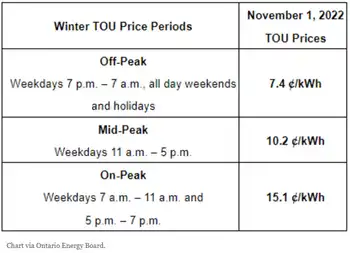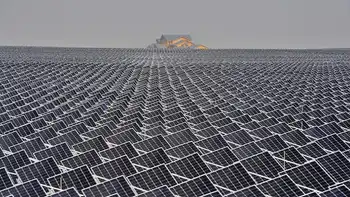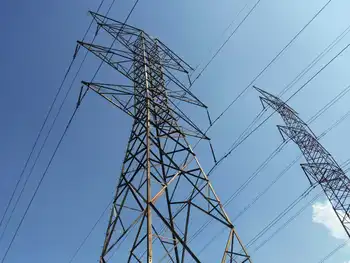SCE customers install more than 1 million CFLs
By Business Wire
NFPA 70b Training - Electrical Maintenance
Our customized live online or in‑person group training can be delivered to your staff at your location.

- Live Online
- 12 hours Instructor-led
- Group Training Available
The result is a total energy cost savings of nearly $27 million to the customers, the equivalent of avoiding the creation of 420 million pounds of greenhouse gas emissions.
“ENERGY STAR partners like SCE are helping us all address climate change,” said Kathleen Hogan, the director of EPA’s Climate Protection Partnerships Division. “Their ENERGY STAR outreach is helping people become part of the solution. Fighting climate change starts by taking energy-saving steps at home as simple as changing a light to ENERGY STAR.”
One way SCE helped its customers to swap out the bulbs is through subsidies to manufacturers. Customers throughout SCEÂ’s service territory can buy discounted bulbs at more than 2,000 retail outlets. In addition, those customers who take the free home-energy survey online, via phone or in person also receive a complimentary CFL.
“We are proud and thrilled that our customers have taken these simple steps to save energy, money and protect the environment,” said Lynda Ziegler, SCE senior vice president, Customer Service. “Swapping out a light bulb or two may not seem like a big deal, but this effort shows that every little bit really does help.”
Benefits of CFLs:
• CFLs use about a quarter of the energy of a regular incandescent bulb and can last up to 10 years.
• CFLs release almost no heat, which helps cut down on the need for air conditioning.
• If every California household replaced five incandescent light bulbs with CFLs, it would be the carbon-reduction equivalent of taking more than 400,000 cars off the road.
• CFLs now are available in bright and soft lights, as well as a variety of shapes and sizes, so they can replace any bulb.






